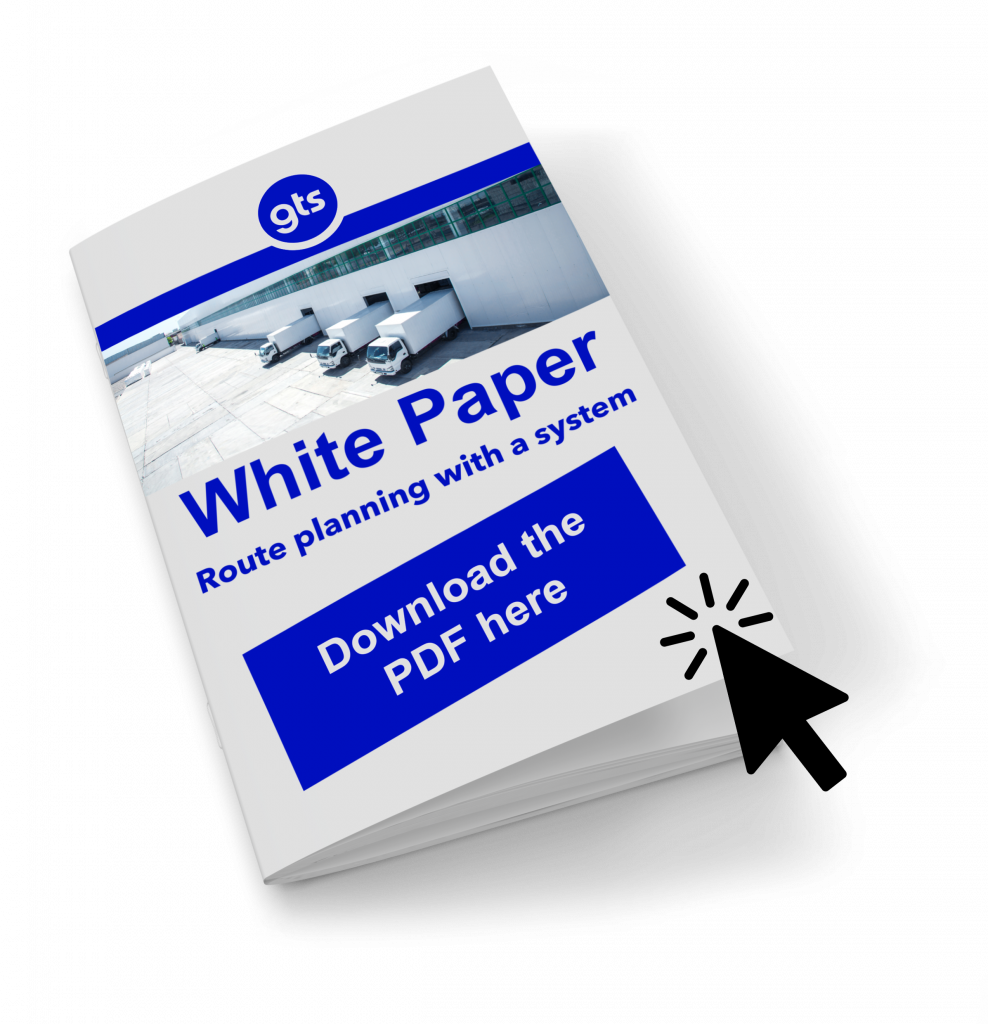Function overview.
With our specially developed functions, you get your software customised according your specifications. We tailor the appropriate general features, interfaces, reports and geographical information systems for your requirements.
General Features
All objects are assigned to a client with geographical reference so that planning can be carried out separately by branch offices. Several clients can be activated at the same time for evaluations or if several branches need to work together.
Scenario management can be used to manage different planning statuses. For example, seasonal plans can be filed or what-if analysis can be carried out.
Collaboration between several users is supported by locking mechanisms and automatic merging of different data sets. Changes made by other users appear automatically in the application.
The application has a user and role administration, which can be used to define the read and edit rights for all objects.
All terms of the application can be translated into different languages. The languages currently available are German, English, French and Hungarian. Translation into other languages is possible via a special tool.
In order to facilitate cross-border transports, it is possible to use time zones for all locations. All time specifications can be entered in global time or local time. This feature can be turned off completely if it is not relevant.
"The connection of mobile devices is an important building block in the
digitalisation"

Michael Thärigen
Geschäftsführer
Interfaces
Microsoft Office (MS-Excel, MS-Access, text files)
Master data and planning data can be imported directly from MS Excel, MS Access or text files via the planning application. The import can be adapted to specific needs and saved. This means that it is also possible to import the data required for planning efficiently on a daily basis.
Web Services (XML, SOAP, CSV)
Data can be automatically imported into the system via web services and queries related to the planning result can be made. There are a number of standard services based on the SOAP protocol for this purpose. In addition, it is also possible to process other file formats (e.g. CSV files) automatically.
Individual Interfaces
Due to the large number of individual interfaces that we have created in recent years, we can also create an individual interface for other systems with moderate effort. Other technologies can also be used in this process (e.g. database access, JSON, etc.).
Telematics
There are several automated interfaces to telematics systems (e.g. TomTom, Couplink, CSB, Fleetboard, etc.) via which routes and orders can be transmitted. Depending on the telematics system, actual information such as GPS data, delivery status or even quantity information can be transferred from the telematics system. The actual data can then be used to display GPS traces within the application or to compare the actual and target values. In addition to subsequent analysis on the basis of the actual data, it is also possible to provide proactive warning in case of delays and even take into account information obtained using same day optimisation.
Reports
Geographical Information System
- For further processing of the planning results, it is necessary to create informative reports or to document the planning results found.
- Self-defined and storable reports
- For all important master data and planning results, reports can be defined and stored by the user within the application. Filter criteria, grouping specifications, sortings, and sum totals can be used in the process. The results of a report can be saved, copied to MS Excel or used further for planning purposes.
- Individual creation of PDF documents
- PDF documents can be created to document planned routes and these can be passed on, for example, to the drivers. The layout of the documents can be individually adapted to customer requirements. This may also include maps showing the route.
- Our geographical information system, which is used for mapping, geocoding and distance calculation, is based on the data from OpenStreetMap. This enables us to keep the map data as up-to-date as possible and enables our clients to cooperate in the maintenance of the map material.
- The visualisation is adapted to the requirements of transport planning (e.g. display of weight restrictions).
- In order to find the best possible geo-coordinates for an address we use our own algorithms for geocoding, which is tolerant of spelling mistakes and variations.
- Our distance calculation services contain modern algorithms that guarantee high performance even with large amounts of data. In addition, they also meet very specific requirements such as U-turn bans, road blocks and driving bans.
Geographical Information System
- Our geographical information system, which is used for mapping, geocoding and distance calculation, is based on the data from OpenStreetMap. This enables us to keep the map data as up-to-date as possible and enables our clients to cooperate in the maintenance of the map material.
- The visualisation is adapted to the requirements of transport planning (e.g. display of weight restrictions).
- In order to find the best possible geo-coordinates for an address we use our own algorithms for geocoding, which is tolerant of spelling mistakes and variations.
- Our distance calculation services contain modern algorithms that guarantee high performance even with large amounts of data. In addition, they also meet very specific requirements such as U-turn bans, road blocks and driving bans.
Contact
Any questions?
We are happy to help you.
phone. +49 241 609595 00
email. info@gts-systems.de




